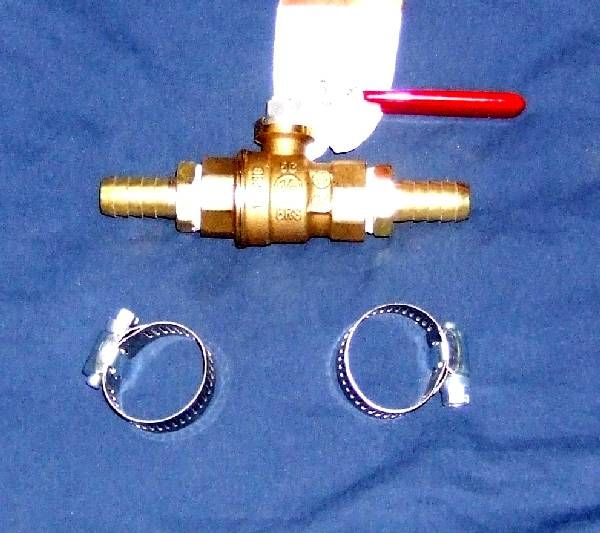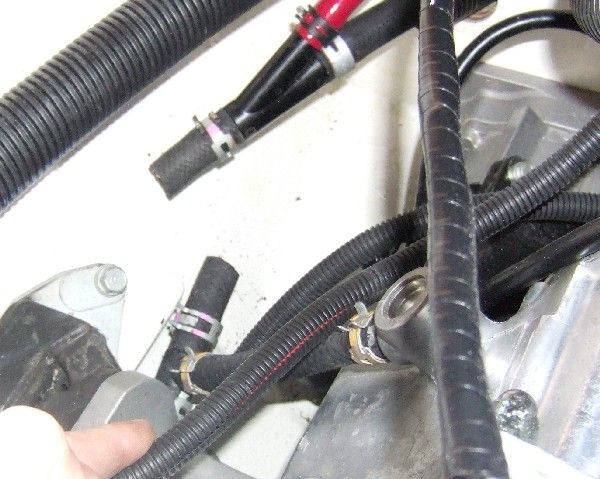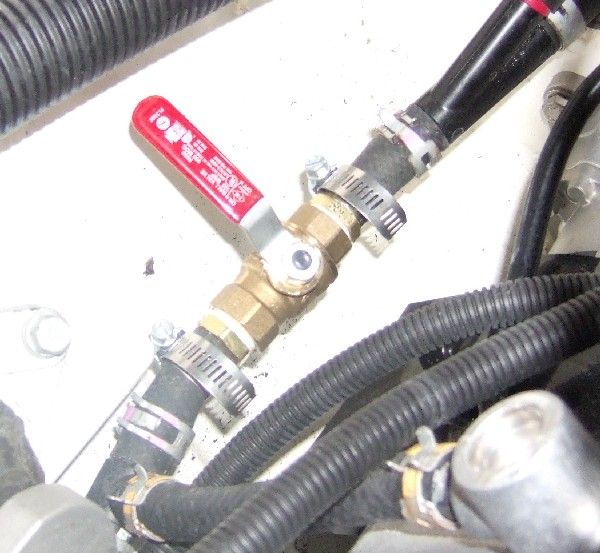- Messages
- 1,903
- Reaction score
- 1,970
- Points
- 307
- Location
- Knoxville, TN
- Boat Make
- Yamaha
- Year
- 2015
- Boat Model
- Limited S
- Boat Length
- 24
Since our boats have an open vs. closed loop cooling system, there is a potential of flooding the engine through the exhaust if there is not a positive exhaust pressure pushing out and preventing water from entering there. While underway, and the engines are at high revs, there is no danger of that, but when an engine fails or you are being towed, the risk increases dramatically. Therefore, the owner's manual tells us to operate at no-wake mode to return to port. That way the water is not moving at a rapid rate and is less likely to jet up into the exhaust. However, operating at no-wake speed is painful if you are several miles from port and need to get back because of an inoperable engine. There are many that have shared their painful stories of operating for over 5 hours to get back to port. Since I am inpatient and would be poking my eyes out if I had to travel that far in no-wake mode, I decided to install a valve that would simply cut off the potential for water to enter the engines through the exhaust. Some others carry an automotive clamp or vice clamp with them to achieve the same thing. I worry about the damage the clamps may cause to the hose, so I opted for the valve and I like the clean look and convenience of just turning a valve.
This is actually a very simple and inexpensive mod. The hardest part is working in such a small area, especially if you have big hands like I do. Because of the little space I had to work in, it took me about and hour of work time to complete this project.
Supplies:
2 brass shutoff ball valves (1/2 inch or 5/8 would probably fit tighter)
4 barb fittings (same size as ball valve)
4 hose clamps
1 roll of plumbers tape
1 hose cutter (anything that can make the cut in the hose)
1 6" - 1' piece of 1/2 hose - It may have been 5/8 in so check hose size. (You may not need. This is incase you do not have enough hose exposed after cut to allow the barb fitting to fit all the way before hitting the fitting on the other end of the hose.

1. Locate the hose at the rear wall of the engine compartment at the bottom left of each engine.
2. Cut the hose before the "Y". It is about 4 inches long. If you cut exactly in the middle, you might be able to use the cut hose and not replace it with longer pieces when you are installing the barb fittings.

3. Wrap the threaded end of the barb fittings with plumbers tape.
4. Screw the threaded end of the barb fittings into each end of the valve and ensure a tight fit.
5. Make sure the clamps are in place but loose over the existing cut hose.
6. Insert the barb end of the fittings between the cut ends of the hose. You will know if you need to replace the cut hose if the barb end hits the fitting from the other side and does not fit in all the way. If that is the case, cut a piece of hose long enough to fit the barb fitting without hitting the fitting on the other side.
7. Slide the clamps into place and secure.

This is actually a very simple and inexpensive mod. The hardest part is working in such a small area, especially if you have big hands like I do. Because of the little space I had to work in, it took me about and hour of work time to complete this project.
Supplies:
2 brass shutoff ball valves (1/2 inch or 5/8 would probably fit tighter)
4 barb fittings (same size as ball valve)
4 hose clamps
1 roll of plumbers tape
1 hose cutter (anything that can make the cut in the hose)
1 6" - 1' piece of 1/2 hose - It may have been 5/8 in so check hose size. (You may not need. This is incase you do not have enough hose exposed after cut to allow the barb fitting to fit all the way before hitting the fitting on the other end of the hose.

1. Locate the hose at the rear wall of the engine compartment at the bottom left of each engine.
2. Cut the hose before the "Y". It is about 4 inches long. If you cut exactly in the middle, you might be able to use the cut hose and not replace it with longer pieces when you are installing the barb fittings.

3. Wrap the threaded end of the barb fittings with plumbers tape.
4. Screw the threaded end of the barb fittings into each end of the valve and ensure a tight fit.
5. Make sure the clamps are in place but loose over the existing cut hose.
6. Insert the barb end of the fittings between the cut ends of the hose. You will know if you need to replace the cut hose if the barb end hits the fitting from the other side and does not fit in all the way. If that is the case, cut a piece of hose long enough to fit the barb fitting without hitting the fitting on the other side.
7. Slide the clamps into place and secure.

